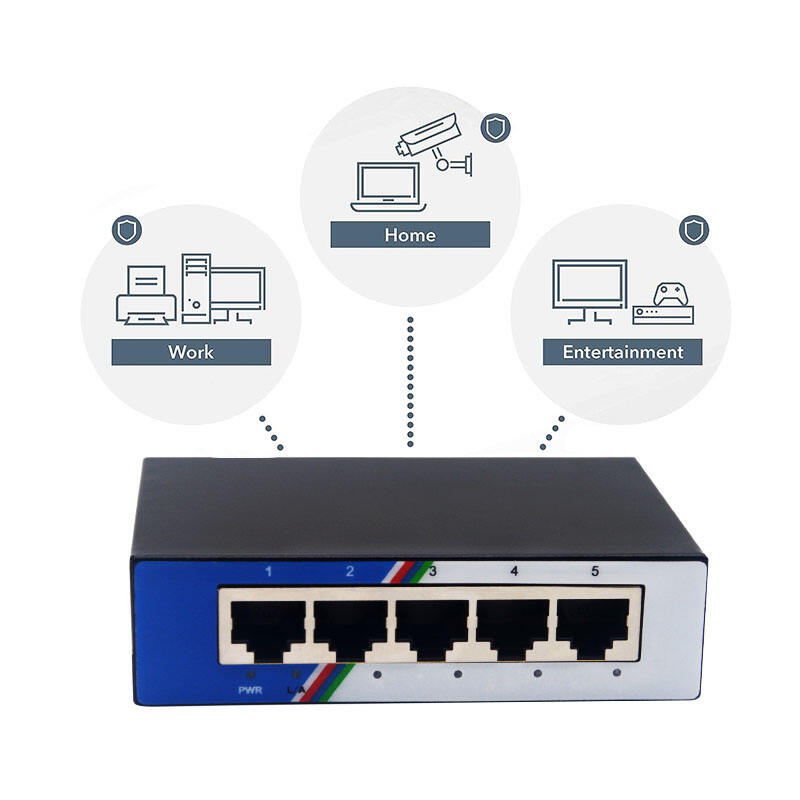
Bend your ears for a moment! Today, we will tackle a new term called ‘Gigabit network switch’ and understand everything related to it, including benefits and drawbacks. Looking forward to unveiling all the intriguing details? A gigabit network switch is often referred to as a gigabit switch and it holds significance in a networking context. Gigabit switches (‘Switch’ as they are now commonly known) allow data to flow at the speed of 1 GB per second. This speed can accomplish many network operations simultaneously. Gigabit switches are used to build Local Area Networks (LAN) by connecting various devices together for the transfer of information. For various small and medium enterprises, these switches prove to be very useful trying to set up a network backbone. Moreover, they can alleviate network traffic caused by general business operations such as accessing ERP systems, video conferences, fast file movements, and granting reliable network service to all the attached working ends.
